CONSPIRACY THEORY FODDER
Peter Doocy worries Biden will use Canada's proposed handgun ban on AmericansDavid Edwards
May 31, 2022

C-SPAN/screen grab
Fox News correspondent Peter Doocy asked White House Press Secretary Karine Jean-Pierre what President Joe Biden was going to do in response to Canada's newly proposed gun regulations.
At a White House press briefing on Tuesday, Doocy expressed concern about gun regulations that have been proposed in Canada following the recent mass shooting at a school in Uvalde, Texas. The proposed Canadian law would ban assault-style weapons and put a "freeze" on handgun sales and imports. It would also revoke the firearms licenses of Canadians involved in domestic violence-related crimes.
"Canada is making it impossible to buy, sell, transport or import handguns," Doocy complained. "Would President Biden ever consider a similar restriction on handguns here?"
"We'll leave it up to other countries to set their policy on gun ownership," Jean-Pierre replied. "The president has made his position clear. The United States needs to act as I just laid out. He supports a ban on the sale of assault weapons and high capacity magazines and expanded background checks to keep guns out of the dangerous hands."
"He does not support a ban on the sale of all handguns," she reassured Doocy.
Watch the video below from C-SPAN.

C-SPAN/screen grab
Fox News correspondent Peter Doocy asked White House Press Secretary Karine Jean-Pierre what President Joe Biden was going to do in response to Canada's newly proposed gun regulations.
At a White House press briefing on Tuesday, Doocy expressed concern about gun regulations that have been proposed in Canada following the recent mass shooting at a school in Uvalde, Texas. The proposed Canadian law would ban assault-style weapons and put a "freeze" on handgun sales and imports. It would also revoke the firearms licenses of Canadians involved in domestic violence-related crimes.
"Canada is making it impossible to buy, sell, transport or import handguns," Doocy complained. "Would President Biden ever consider a similar restriction on handguns here?"
"We'll leave it up to other countries to set their policy on gun ownership," Jean-Pierre replied. "The president has made his position clear. The United States needs to act as I just laid out. He supports a ban on the sale of assault weapons and high capacity magazines and expanded background checks to keep guns out of the dangerous hands."
"He does not support a ban on the sale of all handguns," she reassured Doocy.
Watch the video below from C-SPAN.
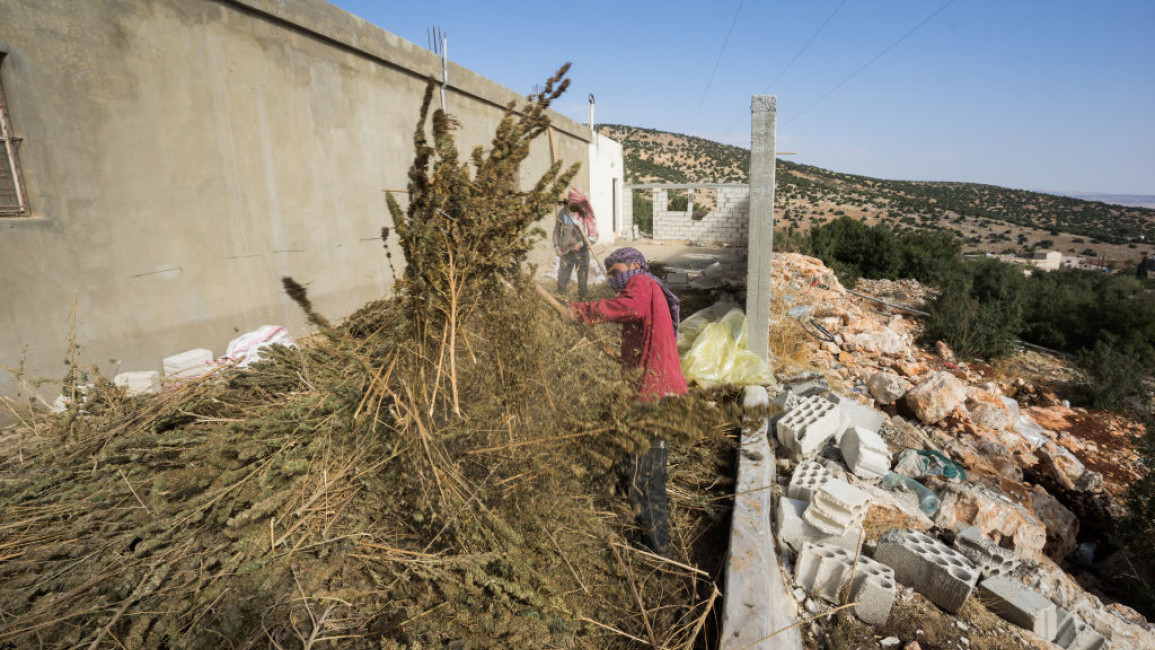
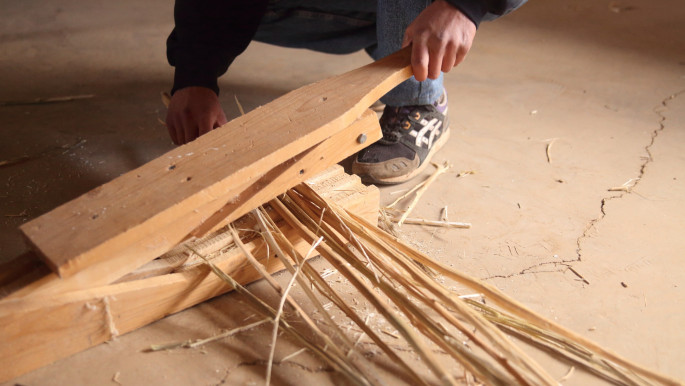
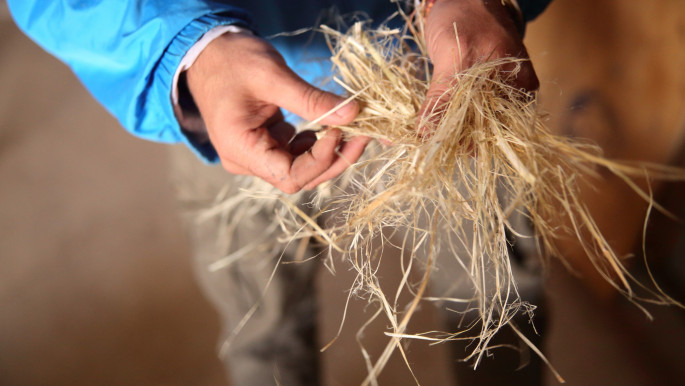
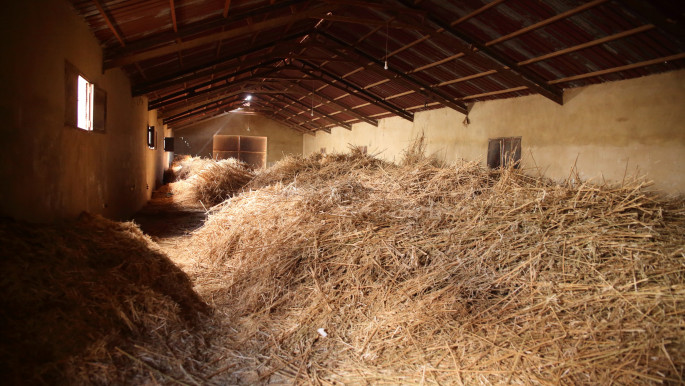
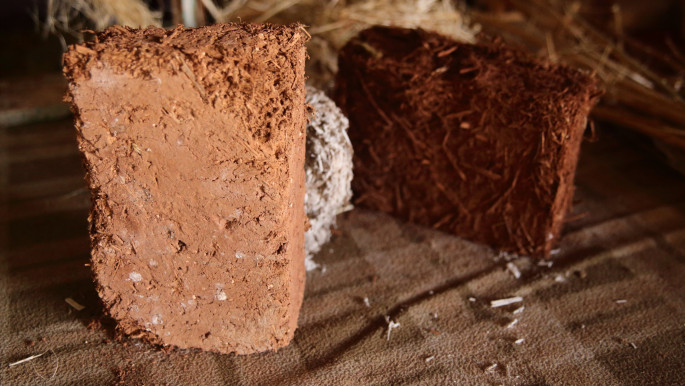






.jpeg)
.jpeg)